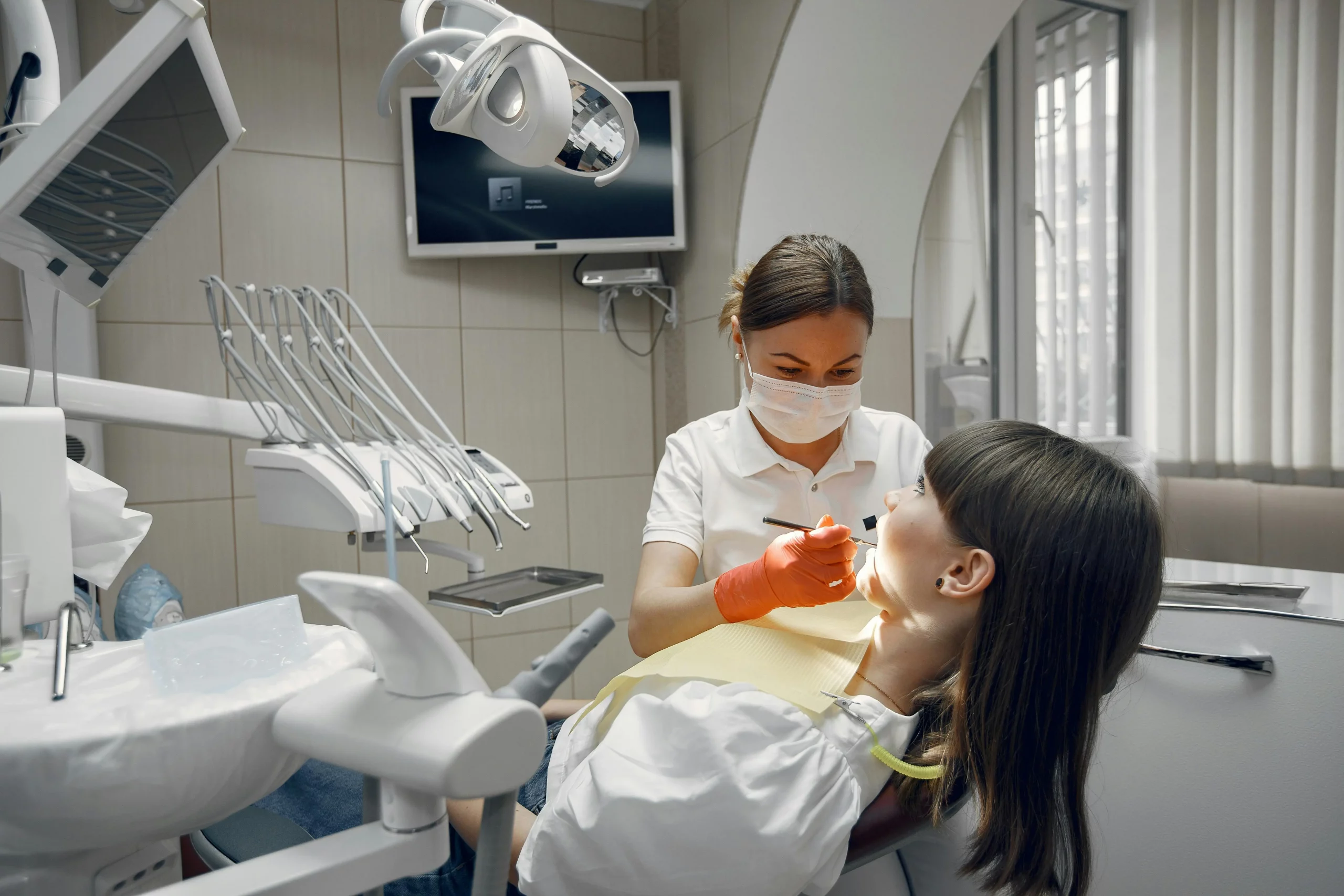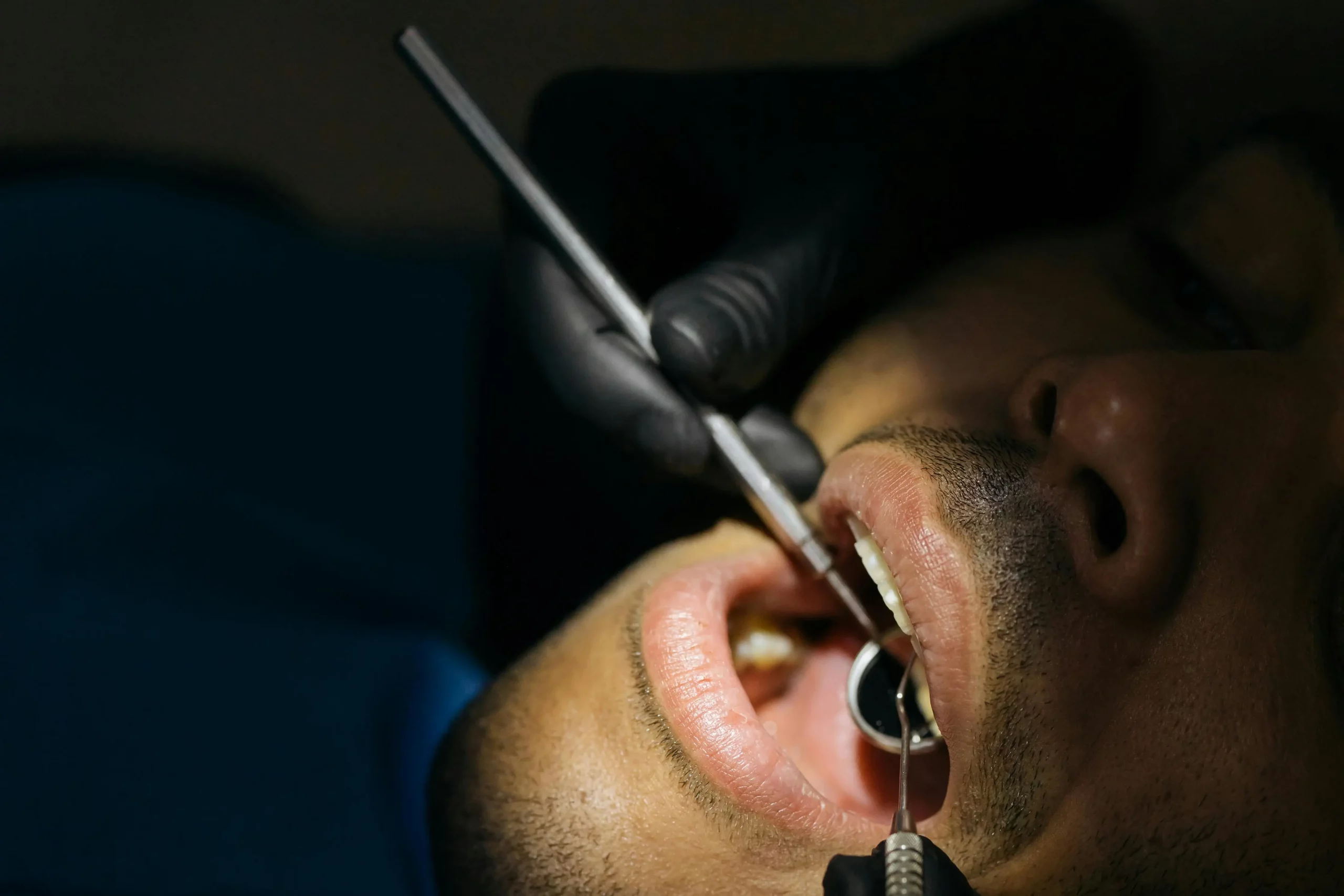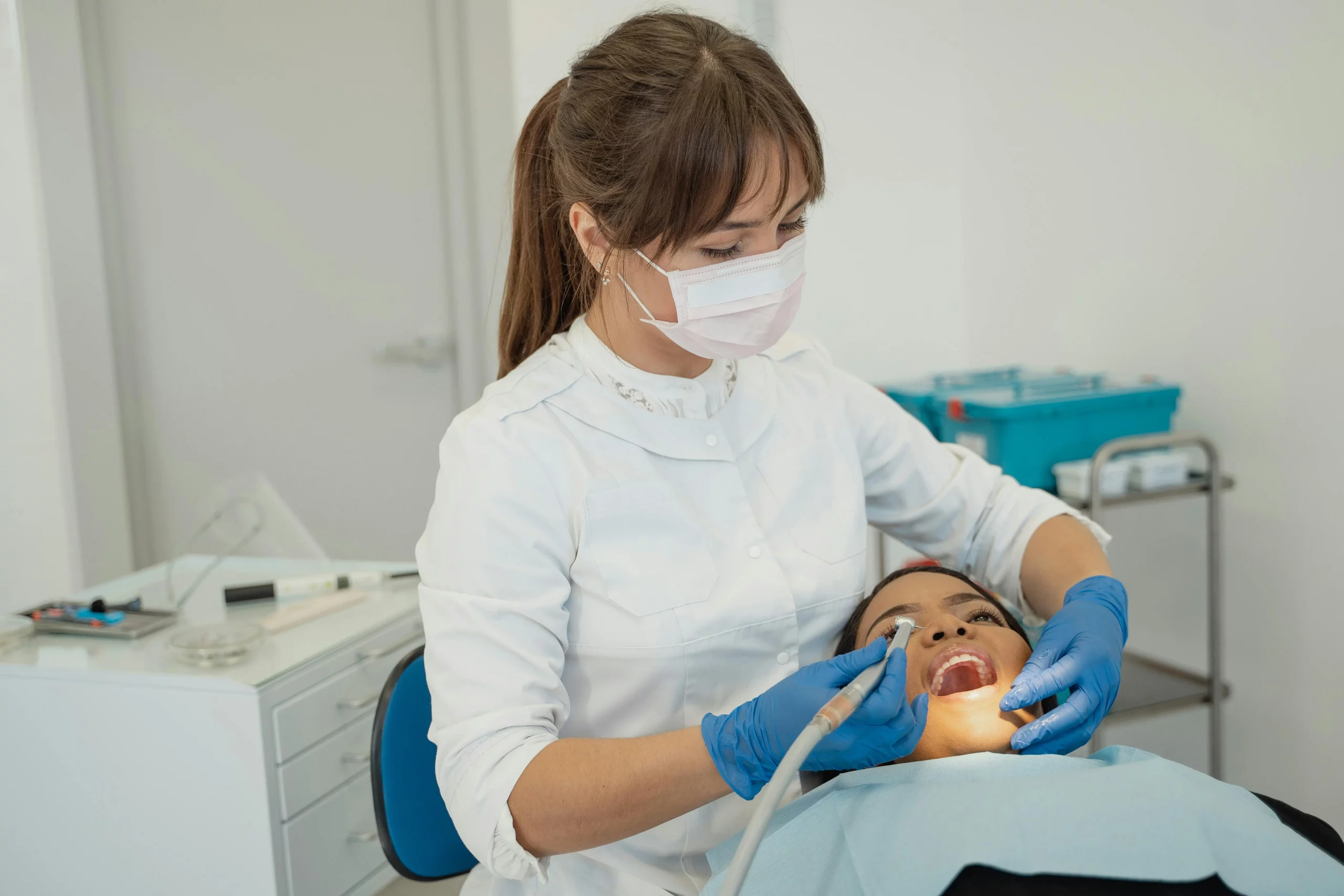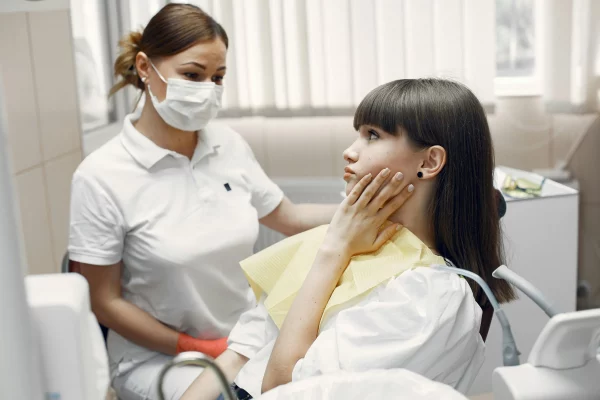A dental emergency exam is usually warranted in these cases, since toothaches can be caused by things like infections, cracks, or serious decay. If you’re dealing with sudden or intense tooth pain, it’s honestly not something to brush off. Delaying treatment? Not a great move—it can turn a fixable issue into a much bigger headache (literally and figuratively). The whole point of the emergency exam is to let the dentist check things out, give you some quick relief, and figure out the best way forward. In a lot of cases, getting prompt care can actually mean the difference between keeping your tooth or losing it.
Emergency Exam for Tooth Pain: Why Timing Is Critical

An emergency exam can mean the difference between saving a tooth and losing it. When pain strikes without warning, many people delay care hoping it will go away. But tooth pain is often a sign that something deeper is going on: an infection, a cracked tooth, or an abscess that can’t wait. Ignoring these symptoms can allow damage to spread, resulting in more invasive and expensive treatments later on. That’s why acting fast is not just smart, it’s essential.
Warning Signs That Require Immediate Dental Attention
Not every ache is a full-blown emergency. But if you’re experiencing any of the following symptoms, it’s time to call your dentist immediately:
- Severe or throbbing pain that disrupts sleep or daily life
- Swelling in the face, gums, or jaw
- Bleeding that won’t stop
- A cracked, broken, or knocked-out tooth
- Sensitivity to temperature that worsens over time
- A metallic taste or pus near the gumline
These warning signs may indicate infections, exposed nerves, or trauma—conditions that need immediate evaluation.
What Happens If You Delay an Emergency Dental Visit
Delaying dental care may seem harmless, but minor issues like cavities can progress rapidly, sometimes requiring root canals or even extractions if left untreated. Infections originating from dental problems are not confined to the mouth—they can enter the bloodstream and cause systemic health complications. Significant swelling from abscesses may also impede essential functions such as breathing or swallowing. In essence, postponing treatment increases both the complexity and cost of intervention. Addressing dental concerns promptly not only preserves teeth but also supports overall health and well-being.
Common Conditions Behind Sudden Tooth Pain
Tooth pain may stem from several causes, including:
- Deep cavities: Decay reaching the nerve can trigger intense pain
- Abscesses: Pockets of infection form under the gums or tooth root
- Cracks or fractures: A break in the enamel allows bacteria to enter
- Gum disease: Inflamed tissue and exposed roots can cause sensitivity
- Impacted teeth: Often seen with wisdom teeth that can’t erupt properly
An emergency exam helps your dentist pinpoint the cause and choose the best treatment plan right away.
What to Expect During a Dental Emergency Exam

Experiencing a dental emergency for the first time can provoke considerable anxiety and uncertainty. The sudden onset of pain or injury often results in heightened stress. Nevertheless, possessing an understanding of what transpires during a dental emergency exam can mitigate these concerns. Upon arrival, the dental team’s immediate priorities include alleviating discomfort, establishing an accurate diagnosis, and delivering prompt, effective care. Being informed about this process enables individuals to approach the situation with greater confidence and a sense of control over subsequent steps.
Quick Diagnosis Techniques Dentists Use
A dental emergency examination is a targeted, efficient process aimed at delivering prompt relief to the patient. Upon arrival, the dentist conducts a brief yet thorough review of the patient’s symptoms, followed by a systematic visual assessment of the teeth and gingival tissues. This evaluation focuses on identifying evidence of trauma, infection, or inflammation. Clinical probing may be performed to examine periodontal pockets, assess tooth mobility, or detect possible abscess formation. When initial findings warrant further investigation, radiographic imaging is employed to reveal underlying pathology not visible to the naked eye.
The primary objective is to establish a rapid and accurate diagnosis, enabling the dentist to recommend an immediate, evidence-based treatment plan.
Digital X-Rays and Oral Testing
Digital X-rays have significantly enhanced the ability to assess dental structures that are not visible during a standard clinical examination. They allow for the early identification of conditions such as incipient caries, bone resorption, abscess formation, impacted teeth, root abnormalities, and subtle fractures that might otherwise go undetected. These high-resolution images provide clinicians with critical information about underlying pathology and the overall status of oral tissues. In addition to radiographic evaluation, practitioners may employ adjunctive diagnostic techniques, such as percussion tests or thermal stimulation, to assess pulpal vitality and localize potential sources of discomfort.
Immediate Treatment Options to Relieve Pain
Following diagnosis, treatment frequently commences during the initial visit. Typical emergency interventions may involve abscess drainage, prescription of antibiotics, placement of temporary restorations (such as fillings or crowns), and administration of analgesics, either through injection or oral medication. In more severe cases, emergency tooth extraction or preliminary root canal therapy may be indicated. The primary objectives are patient comfort and safety, with immediate symptom relief constituting a central focus of emergency dental care.
Dental Emergency Exam Cost: What to Know
Financial concerns shouldn’t stand between patients and necessary dental care. Pain can be overwhelming, and navigating the costs of a dental emergency exam only adds to the stress. By familiarizing yourself with expected fees—diagnostics, treatments, and so on—you can make more informed, timely choices. Many dental practices now offer clear, upfront pricing, flexible payment arrangements, and assistance with insurance claims, all designed to lessen the financial burden. Proactive planning helps minimize anxiety and lets you focus on what’s truly important: alleviating pain and restoring your health.
How Much Is an Emergency Exam Without Insurance?
The cost of an emergency dental examination without insurance typically ranges from approximately $75 to $200, though this amount can fluctuate based on geographic location and the severity of the dental concern. Should further procedures—such as radiographs, medication, or provisional dental interventions—be required, these will result in additional expenses. Most dental practices endeavor to maintain transparency regarding their pricing structures and generally provide patients with a clear estimate prior to initiating any treatment. This approach enables individuals to make well-informed decisions, even in urgent circumstances.
Payment Plans and Same-Day Financing
Many dental clinics offer in-house payment plans or partner with financing services like CareCredit. These options break up your cost into manageable monthly payments. Some providers offer same-day approval so you can receive treatment without delay. It’s always worth asking about flexible payment arrangements when scheduling your appointment.
Insurance Coverage for Emergency Visits
In cases involving acute dental pain, noticeable swelling, or traumatic injury, most dental insurance plans typically provide coverage for emergency exam. Frequently, the entire cost of the initial assessment and required X-rays is included. Coverage for more extensive procedures such as extractions or root canal treatments may be partial, depending on the specifics of the insurance policy.
Additionally, some plans may extend benefits to include prescribed antibiotics or subsequent follow-up visits, though this is not universally guaranteed. For clarity regarding specific coverage, it is advisable to consult directly with your insurance provider or request that the dental office verify your benefits prior to receiving treatment. This approach helps prevent unexpected financial obligations.
Finding an Emergency Dentist Near Me for Tooth Pain

When one is experiencing acute dental pain, the priority should be to efficiently identify a reputable emergency dental provider. Rather than expending valuable time searching through numerous online resources, it is advisable to focus on clinics that explicitly offer same-day appointments, maintain 24/7 emergency hotlines, or accept walk-in patients. Indicators of a trustworthy practice include positive reviews, prominently displayed contact information, and clearly listed emergency dental services on their website. Initiating a prompt phone call to confirm appointment availability can facilitate timely access to necessary care and minimize additional distress.
What to Look for in a Local Emergency Dental Provider
Select a provider who prioritizes prompt access to care—offering same-day or walk-in appointments, rather than requiring extended waits. Transparency in pricing and treatment plans is essential; unpredictable costs can create unnecessary stress. It is also advisable to seek practices equipped with up-to-date diagnostic technology, as reliance on outdated equipment may impact the quality of care.
Financial flexibility should not be overlooked; choose providers who streamline payment and insurance procedures to minimize administrative burdens. When reviewing patient feedback, focus on testimonials specifically addressing the provider’s responsiveness to urgent care needs, rather than peripheral amenities.
Lastly, for individuals apprehensive about treatment, inquire directly about the practice’s experience with emergency situations and the availability of sedation options. Open communication on these matters fosters a more supportive and reassuring care environment.
Why Choose G&P Dental for Urgent Dental Exams
Dental emergencies, as we all know, are rarely predictable. At G&P Dental, we recognize the unpredictable nature of such situations and respond accordingly. We make every effort to accommodate same-day emergency appointments, minimizing delays and uncertainty for our patients. Our clinic utilizes advanced diagnostic and treatment technologies, allowing us to address concerns efficiently and with precision.
Regarding financial matters, we believe in transparent pricing, patients are informed upfront about costs, and flexible financing options are available to alleviate financial stress. Most importantly, our team is committed to providing empathetic, patient-centered care, particularly during high-stress circumstances. Suffering in silence is unnecessary; our professionals are prepared to assist when urgent dental needs arise.
After-Hours and Weekend Emergency Care Availability
Dental discomfort, unfortunately, does not adhere to standard business hours, nor do we. At G&P Dental, we accommodate patients with extended availability, including weekends and after-hours emergency appointments. Whether symptoms arise during a holiday or on a Sunday evening, our commitment is to provide timely care and address urgent dental needs as swiftly as possible.
Frequently Asked Questions (FAQs)
1. What qualifies as a dental emergency?
A dental emergency includes severe pain, swelling, infection, trauma (such as a knocked-out or cracked tooth), and uncontrollable bleeding. If the discomfort affects your ability to sleep, eat, or function normally, it’s likely an emergency. Any symptom that comes on suddenly and worsens over time should be evaluated immediately. Early care prevents complications and often leads to a simpler solution.
2. Can I go to a regular dentist for an emergency exam?
Yes, most general dentists offer emergency exams during business hours. Some also reserve same-day slots for urgent cases. If your regular provider is unavailable, look for emergency dental clinics or urgent care centers with dental services. It’s important not to delay care simply because your primary dentist is booked.
3. How much does an emergency dental visit cost in the U.S.?
Costs vary, but a typical dental emergency exam in the U.S. ranges from $75 to $200 for the visit itself. Additional costs for X-rays, medications, or temporary treatments can bring the total to $200–$500, depending on your needs. Many clinics offer payment plans, and some even accept medical financing.
4. Will my insurance cover emergency dental treatment?
Most dental insurance plans do cover emergency visits, especially those involving infection or trauma. Coverage may include the exam, diagnostic tests, and some or all of the treatment. Your provider can verify your benefits at the time of your visit to help reduce your out-of-pocket costs.
5. How soon should I get care if I have sudden tooth pain?
You should seek dental care as soon as possible if you’re experiencing sudden tooth pain. Early diagnosis can prevent the issue from worsening or spreading. Waiting too long can turn a treatable issue into a more complex and costly problem. Even if the pain fades temporarily, the underlying issue may still need attention.
Don’t ignore the warning signs your body is giving you. If you’re in pain, schedule your dental emergency exam with G&P Dental now—relief may be just one visit away.
Our experienced team will listen to your concerns, act quickly to identify the issue, and help you feel better—fast. With flexible scheduling, modern diagnostics, and a patient-first approach, we’re here when it matters most. Call today or book online to get the care you deserve without the wait.


